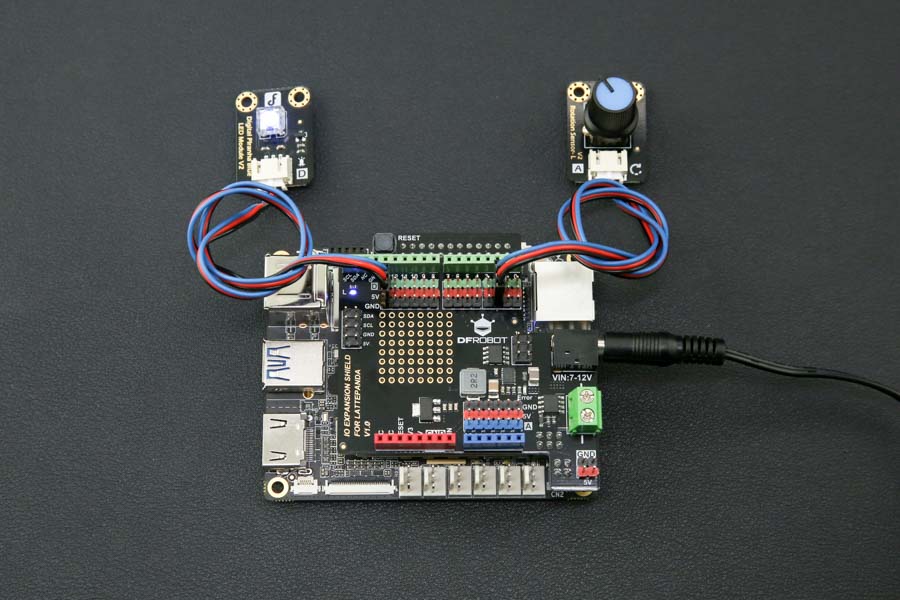
Now unfold the lighter piece and drop both at the same time from a high spot, such as a desk or ladder. Drag opposes the direction that the object is moving and slows it down. Air resistance (also called drag) slowed down the heavier piece. What happened? Resistance and friction are what cause changes in acceleration. Will the heavier piece land first, or the lighter piece? After the ball demonstration, hopefully they get the answer right. Now ask them what would happen if they scrunch up just the lighter weight piece of paper and drop both at the same time from the same height. One should be heavier, such as cardboard. Use two pieces of paper for the next activity. But Galileo determined that gravity accelerates all objects at the same rate, regardless of their mass or composition.Ĭhallenge kids to prove this! First use a ping pong ball and golf ball to let them see Galileo’s discovery about gravity. They both hit the ground at the same time! Up until then, people figured that heavier objects fell faster than light objects. Each time, one object was heavier than the other, yet they otherwise had the same shape and size. In about 1590, as the story goes, Galileo Galilei went to the top of the Leaning Tower of Pisa and simultaneously dropped many pairs of items, such as cannon balls, musket balls, gold, silver and wood. So, does that mean heavier objects will fall faster? Weight is a measure of the force of gravity pulling on an object.

As you’ve most likely taught your students, gravity is the force that exists between any two objects that have mass.


 0 kommentar(er)
0 kommentar(er)
